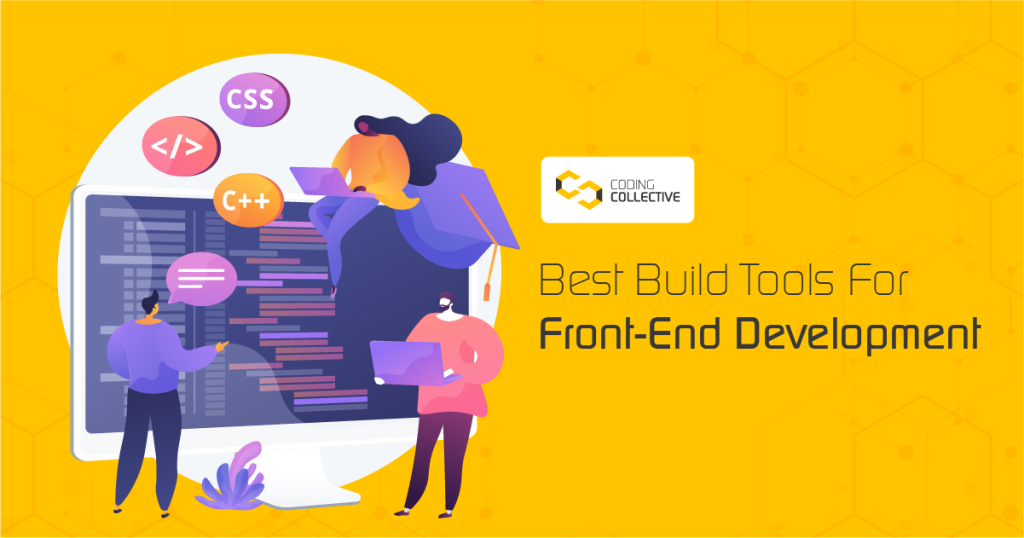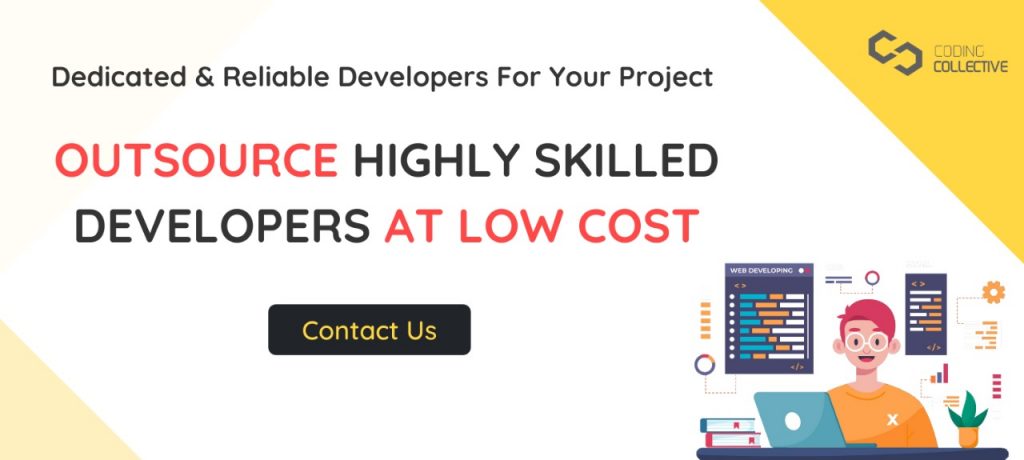
Front-end development has seen a significant shift in the way code is written and managed over the past decade. The days of manually writing and editing HTML and CSS files are long gone, and today, developers have a wide range of build tools to choose from to make the process more efficient and productive. In this blog post, we will take a closer look at some of the best build tools for front-end development.
1. Webpack
Webpack is a popular and powerful module bundler that is widely used in the front-end development community. It allows developers to manage and optimize their JavaScript, CSS, and HTML code, making it easier to build robust and performant web applications. With Webpack, developers can split their code into smaller modules that can be loaded on demand, significantly improving application performance.
Webpack comes with a powerful plugin system that can be used to extend its functionality. There are plugins available for optimizing images, generating HTML templates, and much more. Although Webpack can be a bit complex to set up and configure, it is a valuable tool for any front-end developer.
2. Gulp
Gulp is a task runner that helps developers automate repetitive tasks in their workflow, making it an excellent choice for those who need to compile Sass or fewer files, concatenate and minify JavaScript files, or optimize images. Gulp uses a simple syntax and is easy to learn, making it a great choice for beginners.
Gulp also has a large ecosystem of plugins that can be used to extend its functionality. There are plugins available for CSS preprocessing, JavaScript code linting, and much more. Gulp is also very flexible, allowing developers to create custom tasks that meet their specific needs.

3. Grunt
Grunt is another popular task runner that is similar to Gulp. It helps developers automate repetitive tasks in their workflow, such as compiling Sass or fewer files, concatenating and minifying JavaScript files, or optimizing images. Grunt has a large ecosystem of plugins that can be used to extend its functionality.
Grunt uses a configuration file to define its tasks, which can make it a bit more difficult to set up than Gulp. However, once you have your configuration file set up, Grunt can be a very powerful tool.
4. Parcel
Parcel is a newer build tool that has gained popularity in recent years. It is a web application bundler that uses a zero-configuration approach, making it easy to use for beginners. Parcel supports a wide range of file types, including JavaScript, CSS, HTML, and more, and can automatically optimize and bundle them for deployment.
One of the significant benefits of using Parcel is its fast build times. Because it uses a caching system, it can significantly reduce the amount of time it takes to rebuild your application after making changes.
5. Rollup
Rollup is a JavaScript module bundler that is optimized for building small libraries and modules. It is a great choice for developers who need to create and publish standalone libraries or modules that can be used in other projects. Rollup uses an algorithm that removes unused code, making it ideal for creating lightweight and performant libraries.
Rollup also supports various module formats, including ES6 modules, CommonJS, and AMD, making it easy to integrate with other build tools and frameworks.
Conclusion
Choosing the right build tool for front-end development can be a challenge, but the tools listed above are some of the most popular and widely used options available today. Each tool has its strengths and weaknesses, so it’s important to evaluate your specific needs and choose the tool that best fits your workflow. Whether you are building large-scale web applications or small standalone libraries, these build tools can help you optimize and streamline your development process.

